The delicate subject of inspiration versus copying in the cooking world is one I've explored often here. Few, if any, artists start their careers with a fully formed vision of their style together with the technical ability to execute it. There's plenty of exploration, experimentation, and, yes, copying, that usually comes first. And I suspect it's much the same in the kitchen.
The complicating fact is that in the restaurant world, chefs generally aren't doing it in the privacy of cloistered artists' studios: they work in a public setting, serving up their creations on a plate to paying customers. Does it matter if those "creations" are sometimes very similar to dishes actually created by other chefs? If the primary focus of a restaurant meal is flavor, then perhaps not: a great-tasting dish tastes great, regardless of who thought it up first. And indeed, many outstanding dishes are the product of one chef taking another chef's idea and making it even better.
Some chefs unabashedly fess up to copying others. The Mission Street Food (the pop-up precursor to Mission Chinese Food) book talks about how they did "homage" dinners centered around their "phantom culinary heroes" including Rene Redzepi. Not having actually been to Noma, they had to "piece together our recipes by poring over images online and culling bits of information here and there, not unlike teenagers learning about sex from porn." In Fancy Desserts, Del Posto's punk rock pastry chef Brooks Headley talks about how it can even happen subconsciously. He draws a cooking:music analogy between Noma and the Dead Kennedys as having unique and "un-rip-offable" styles, then notes how that didn't stop everyone – including himself – from trying to copy Noma: "For a long time, seeing sorrel and sea buckthorn berries on fine dining menus really pissed me off. (You can't rip off the Dead Kennedys, man!) But then I realized that I was doing it, too. I was so guilty, and I didn't even realize it." The incriminating evidence: pickled green strawberries.
So there shouldn't be any shame in it. But if you are copying (or paying homage, depending on how negative or positive a spin you wish to apply), how much, if any, credit ought you give? Should you do like David Kinch does when he serves an "Arpege egg" at Manresa? Can you be coy, like Pubbelly when it lists "dates AVEC chorizo" on the menu? Or is it sufficient to just assume that knowledgeable diners will be in on the joke (and oblivious diners won't care)? And with creativity an increasingly common component of the marketing pitch for new restaurants, what of Ferran Adríà's maxim, "creativity means not copying"?
I don't know all the answers. But I do know when something looks and/or tastes a lot like something I've had before. So, inspired by Us Weekly (and with a hat tip to JSDonn), here's my version of "Who Wore It Best?" Let me know what you think.
Who Wore It Best? (Round 1)
1. Roasted baby carrots, mole, hazelnut, yogurt, za'atar at Vagabond Restaurant, Miami.
2. Roasted carrots with mole poblano, yogurt and watercress at Empellon Cocina, New York.
My latest mantra is that "carrots and yogurt" is the new "beets and goat cheese" – a combination that seems to appear on every new menu in some form, and which despite its increasing ubiquity I'll still order because it's usually pretty darn good. But the similarities between a dish at chef Alex Chang's new Miami restaurant, Vagabond, and Alex Stupak's Empellon Cocina in NY go further: not just the carrots and the yogurt, but also the distinctive use of Mexican mole sauce, plus the tepee presentation, though some other components differ. (Note: Empellon has been serving this dish since at least 2012).
(continued ...)
Who Wore It Best? (Round 2)
1. Endive and heart of palm salad, kohlrabi, pecorino, pickled date dressing at Vagabond Restaurant, Miami.
2. Endive salad, pears, pecans, cheddar at Acme, New York.
Yup, Vagabond again. Both this salad on the Vagabond menu and one at Mads Refslund's "New Nordic" styled Acme in New York sport a pile of endive leaves under a snowy dusting of finely shaved cheese (cheddar for Acme, pecorino for Vagabond). Acme's includes tiny cubes of pear and grated pecans. Vagabond's has tiny cubes of kohlrabi, hearts of palm and a pickled date dressing. Differing ingredients and flavors, but a very similar construction and presentation. Are they wearing the same dress?
(Side note: whatever you conclude, this is not intended as a knock on these Vagabond dishes: they were both quite delicious, and there is plenty else on the menu that is – as far as I know, anyway – genuinely unique).
Who Wore It Best? (Round 3)
1. King crab, heirloom tomatoes, tarragon, pickled red onion at Proof Pizza & Pasta, Miami.
2. King crab, rhubarb, ginger, cream, rose geranium at Atera, New York.
Ingredient-wise these dishes are actually not that similar aside from the king crab: Atera's combined a tangy rhubarb broth with dots of fresh cream and a flowery garnish; the version Justin Flit and Matt DePante served at our recent Cobaya dinner at Proof featured heirloom tomatoes, pickled red onions and corn shoots in a sort of dashi dotted with tarragon oil. But the similarity in appearance was striking.
Who Wore It Best? (Round 4)
1. Butter poached Maine lobster mac, mascarpone, taleggio, orzo, coral oil, parmesan crisp at Shikany, Miami.
 |
| picture from French Laundry Cookbook |
I've not actually had this high end mac and cheese at any of Thomas Keller's restaurants, but I've made it from his book; and except for the taleggio cheese, Shikany's version seems to be quite literally "by the book" – i.e., the exact recipe published by Keller. Shikany cooked it a lot better than I did, but it was still pretty much the exact same dish.[1]
Interestingly, both the Miami Herald and the Fort Lauderdale Sun Sentinel reviews of Shikany mentioned this dish; neither saw fit to mention that it is lifted almost directly from Keller's recipe. And you don't need to have eaten at French Laundry or Per Se to know that (I haven't) – you just need to have read the French Laundry Cookbook, a book which is almost as lauded as Keller's restaurants but much more accessible, the type of thing I'd consider a "must read" for anyone who is writing about food for a living.
And that omission highlights one of the reasons I care about this stuff. So many restaurants tout their creativity, and so many people writing about food these days – both professionally and recreationally – are eager to celebrate them for it. But sometimes, it seems that either the willingness or perhaps the necessary reference points to spot a derivative, or at least similar, dish are missing. It's not necessarily a criticism to do so – as I started off this post by saying, perhaps all young chefs go through the process of imitation before finding their own voice, and their food still often tastes pretty darn good. But if we really want to celebrate creativity, sometimes we need to try harder to recognize it.
[1] You can't currently sample this dish at Shikany any more: per a recent story in miami.com, the restaurant is closed until further notice, with chef Michael Shikany reportedly having left Shikany the restaurant on account of a dispute with the owners (his parents, the Shikanys).

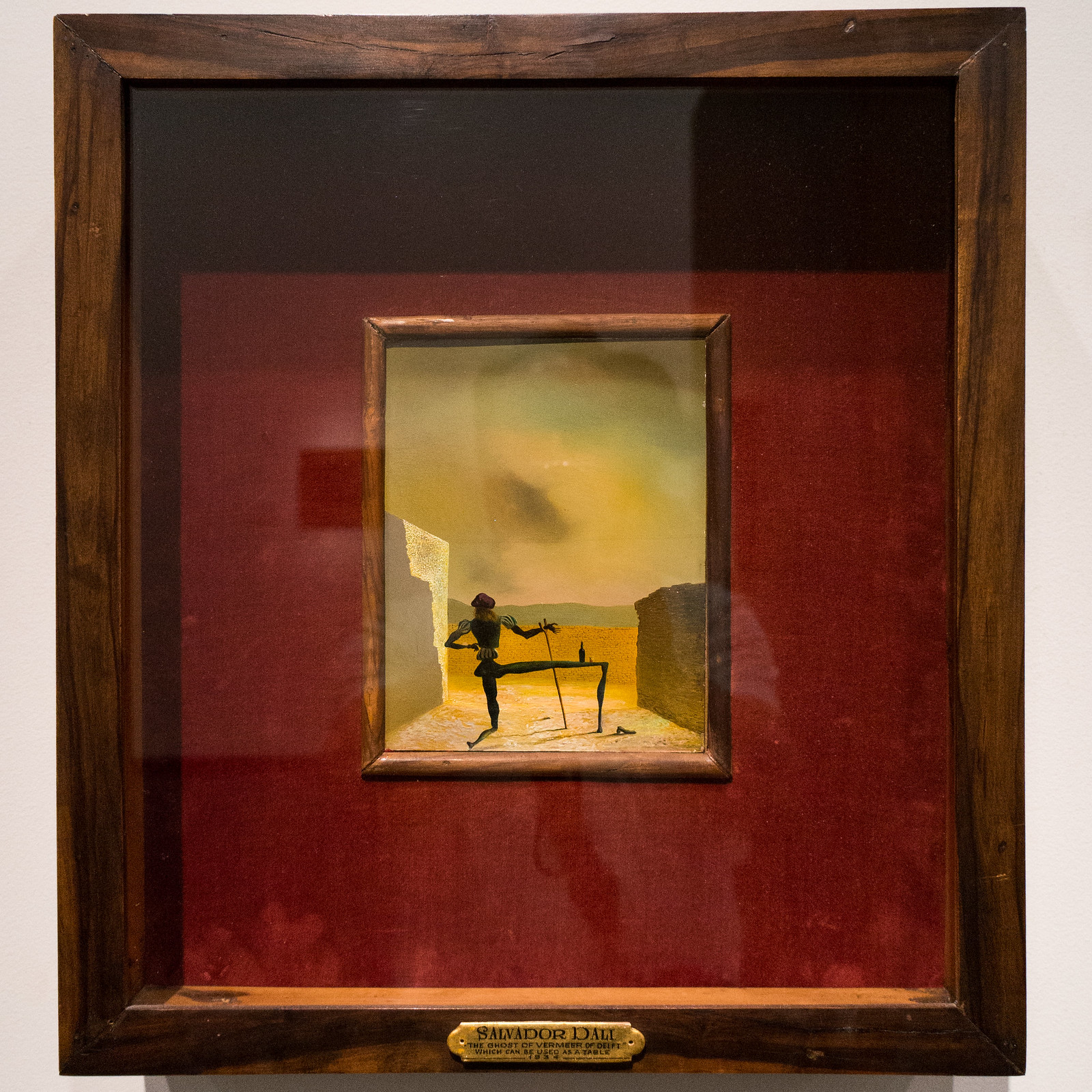
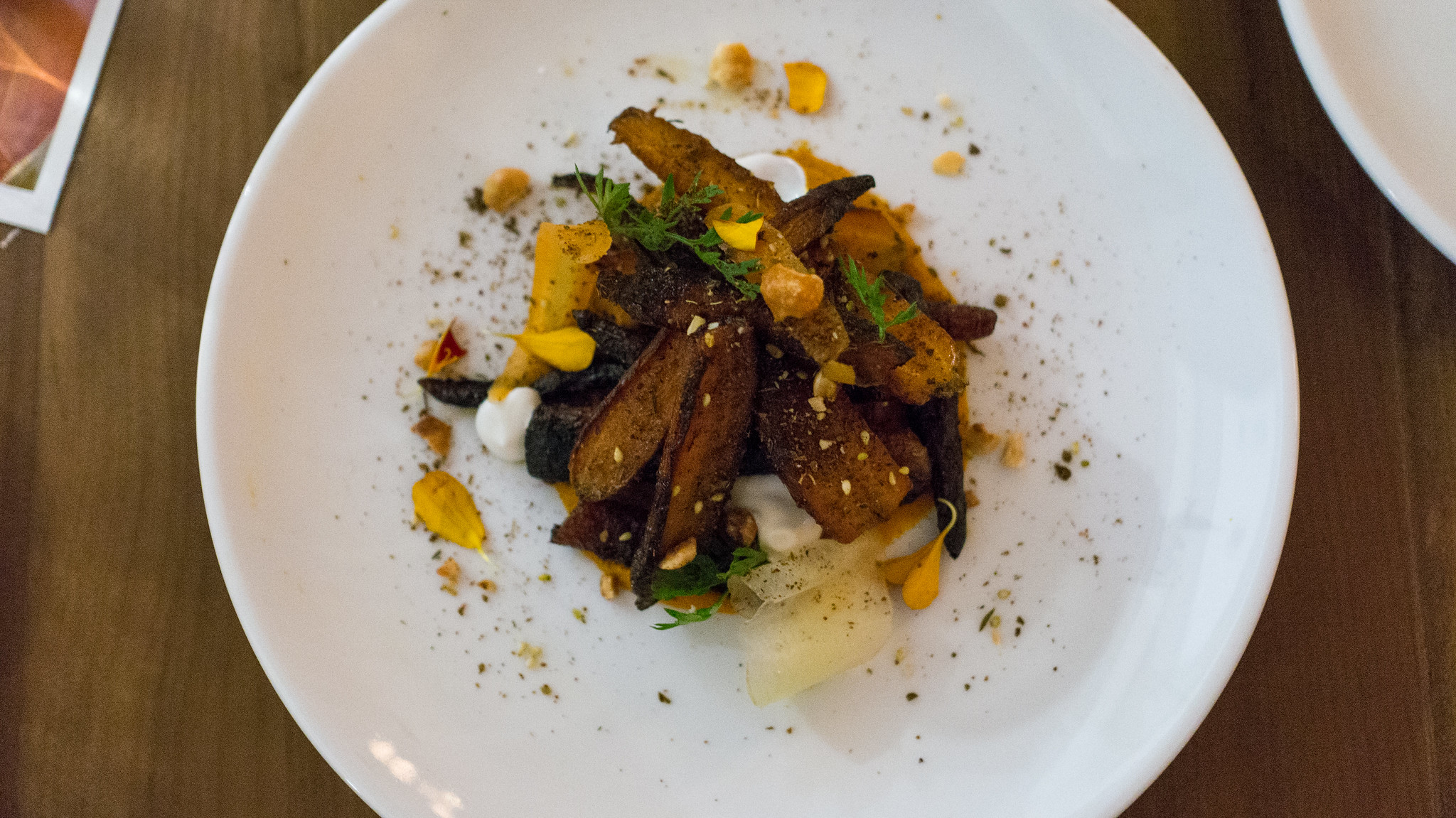
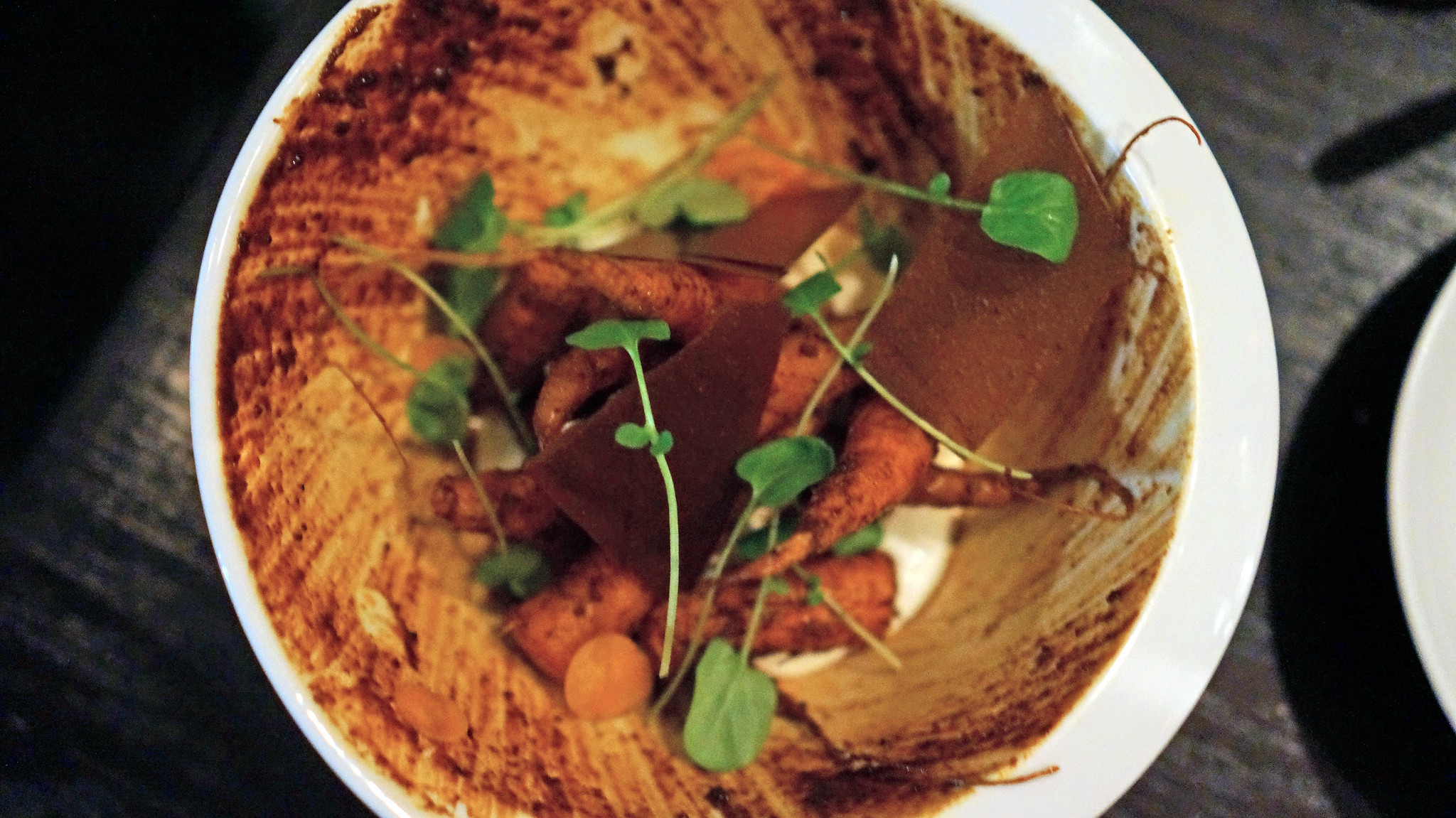
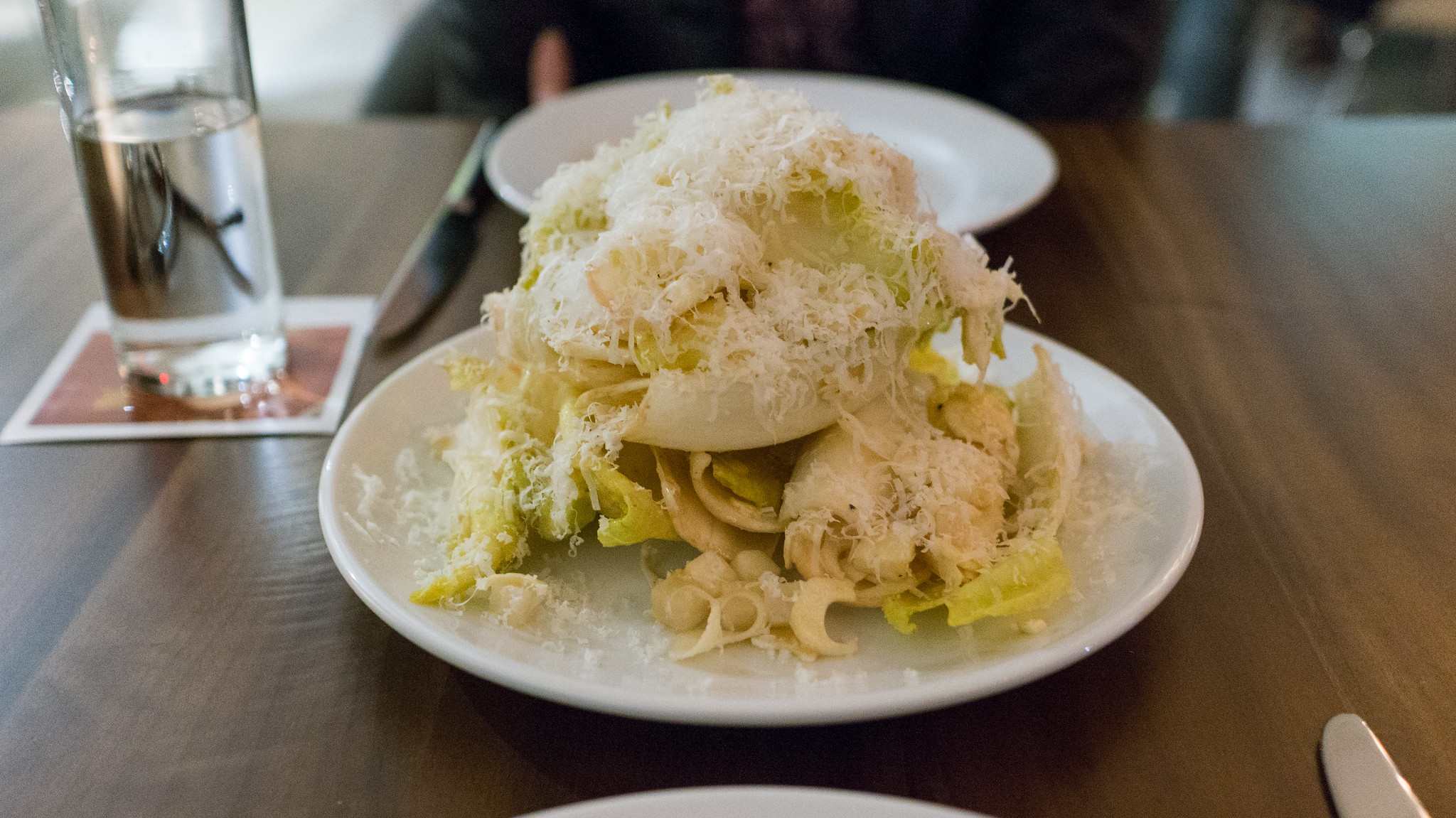

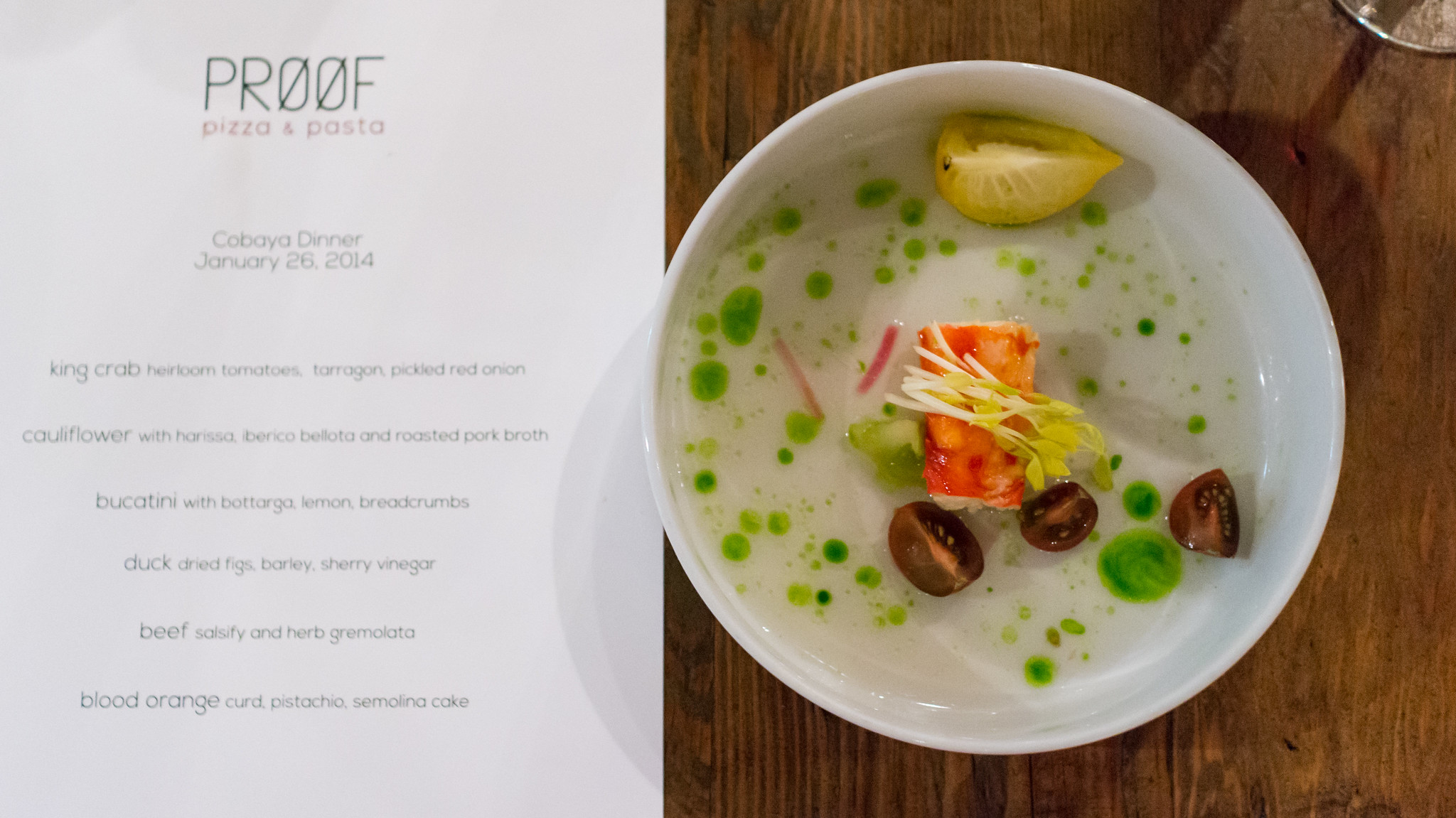

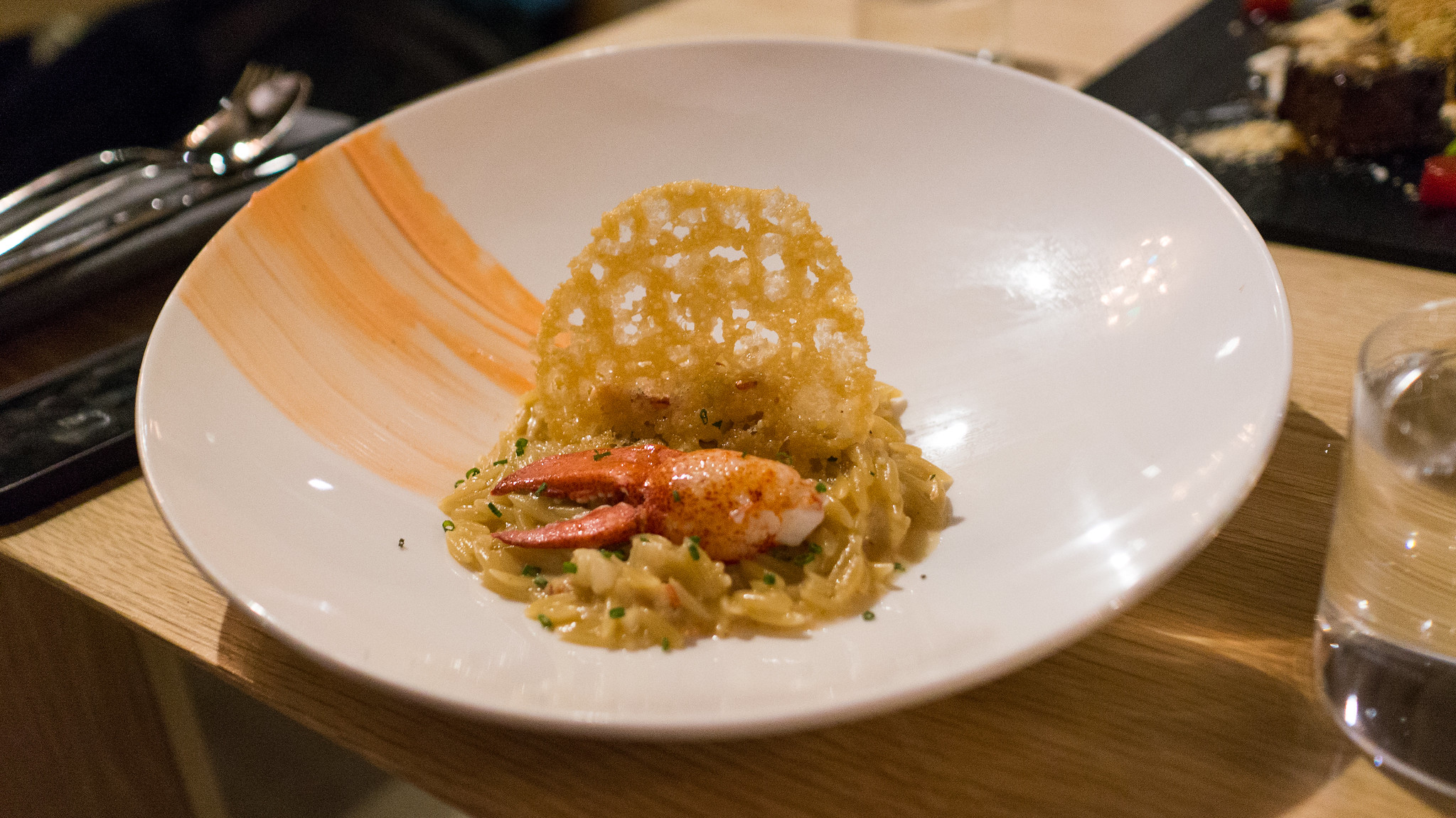
Good read. This topic reminds me of something that always stuck with me from an interview done with William Burroughs. He talks about how the greatest artists are master thieves who are able to disguise and synthesize all of their "stolen" influences the best.
ReplyDelete